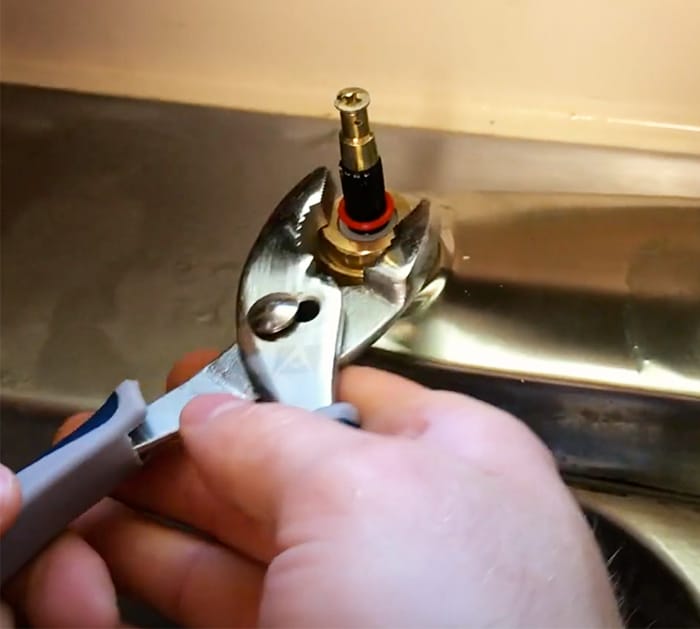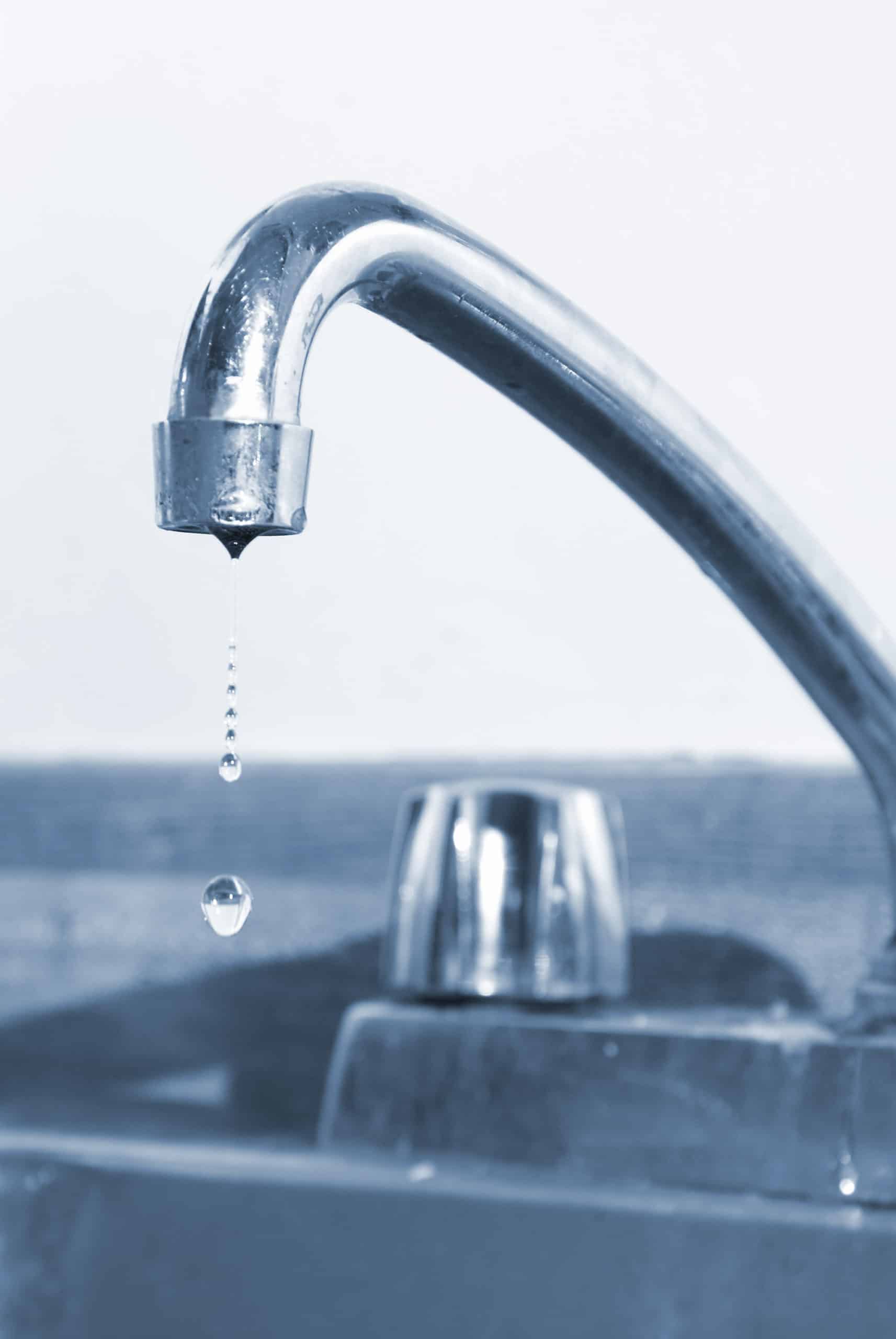When It's Vital to Deal with a Broken Faucet
When It's Vital to Deal with a Broken Faucet
Blog Article
Just how do you actually feel on the subject of Water Dripping from Faucet: Why and How to Fix?

Trickling taps may seem like a minor aggravation, but their effect surpasses simply the aggravation of the sound. From wasting water to sustaining unneeded monetary costs and wellness risks, neglecting a dripping faucet can cause various effects. In this post, we'll explore why it's essential to address this common house concern immediately and properly.
Waste of Water
Ecological Influence
Dripping taps add considerably to water wastage. According to the Environmental Protection Agency (EPA), a solitary faucet leaking at one drip per second can waste greater than 3,000 gallons of water annually. This not only stress water resources but additionally affects environments and wildlife depending on them.
Financial Expenses
Boosted Water Costs
Beyond the ecological effect, leaking faucets can pump up water expenses significantly. The collected wastefulness over time equates into greater utility costs, which might have been prevented with prompt repair services.
Possible Residential Property Damages
Moreover, extended leaking can bring about damage to fixtures and surface areas bordering the tap. Water accumulation can create staining, rust, and even architectural problems if left unattended, causing added repair service expenses.
Wellness Problems
Mold and Mildew Growth
The constant presence of dampness from a dripping faucet produces an excellent setting for mold and mold development. These fungi not just jeopardize indoor air quality yet additionally present health and wellness threats, specifically for individuals with breathing problems or allergies.
Waterborne Conditions
Stagnant water in leaking taps can come to be a breeding ground for microorganisms and various other pathogens, raising the danger of waterborne conditions. Contaminants such as Legionella bacteria prosper in stationary water, possibly leading to significant diseases when ingested or breathed in.
DIY vs. Professional Repair service
Advantages and disadvantages of Do It Yourself Repair
While some may try to take care of a dripping tap themselves, DIY repairs come with their own collection of challenges. Without correct knowledge and devices, do it yourself efforts can aggravate the problem or lead to insufficient repair services, extending the issue.
Advantages of Employing a Professional Plumber
Employing a professional plumber ensures that the underlying source of the dripping tap is resolved properly. Plumbers possess the experience and devices to diagnose and repair faucet problems successfully, saving time and minimizing the risk of additional damages.
Step-by-Step Guide to Repairing a Dripping Faucet
Tools Required
Before trying to fix a trickling tap, gather the necessary devices, including an adjustable wrench, screwdrivers, substitute parts (such as washers or cartridges), and plumber's tape.
Usual Tap Issues and Their Solutions
Determine the type of faucet and the particular problem triggering the drip. Typical problems include worn-out washing machines, corroded valve seats, or damaged O-rings. Refer to maker instructions or on the internet tutorials for step-by-step guidance on repairs.
Safety nets
Routine Upkeep Tips
To stop trickling faucets, perform regular upkeep such as cleansing aerators, examining for leaks, and changing damaged parts immediately. Furthermore, think about setting up water-saving devices or updating to much more efficient components.
Relevance of Prompt Fixes
Dealing with leaking faucets as quickly as they're discovered prevents additional water waste and potential damage, inevitably conserving both water and money in the long run.
Impact on Residential Or Commercial Property Worth
Perception of Well-Maintained Residential Property
Preserving a residential property in good condition, consisting of dealing with maintenance problems like trickling taps, boosts its perceived value and value among potential customers or lessees.
Influence on Resale Value
Properties with properly maintained plumbing components, consisting of taps, command higher resale worths in the real estate market. Attending to leaking faucets can add to a favorable impact during residential property assessments and negotiations.
Ecological Duty
Private Payment to Preservation
Taking obligation for repairing leaking taps straightens with more comprehensive efforts towards water conservation and ecological sustainability. Every person's actions jointly make a considerable effect on preserving precious sources.
Lasting Living Practices
By prioritizing punctual fixings and embracing water-saving behaviors, people contribute to lasting living practices that profit both present and future generations.
Conclusion
Attending to a dripping faucet surpasses mere comfort; it's a necessary step toward saving water, minimizing monetary prices, and safeguarding health and wellness and home. Whether with do it yourself repairs or expert help, doing something about it to repair trickling faucets is a tiny yet impactful method to advertise accountable stewardship of sources and contribute to a much healthier, a lot more lasting future.
How to Fix a Leaky Faucet: Step-by-Step Repair Guide
A leaky faucet may seem like a simple annoyance, but if it's not fixed promptly, that leak could cost hundreds to potentially thousands. From water damage to mold, mildew, and high water bills, even a tiny leak can be catastrophic if left unattended. Damage like this can even affect the overall value of your home, so it's important to take the right approach for leaky faucet repair. You may need the help of a plumber in some cases, but we've got a few tips you can try on how to fix a leaky faucet before calling the pros.
Four Faucet Types
When you're learning how to fix a leaky faucet, the first step is knowing what kind of faucet you're working with! There are four common types.
Cartridge Faucets
Cartridge faucets come in one- or two-handled varieties. In one-handled cartridge faucets, hot and cold water combines in a single cartridge. In the two-handled versions, hot and cold water are controlled separately and mixed in the faucet.
Ball Faucets
Ball faucets have a single lever you push up and down to adjust the pressure and rotate to change the temperature. A slotted metal ball controls the amount of water allowed into the spout.
Compression Washer Faucets
They're the oldest type of faucet, but they're still used in many homes — especially older ones. Compression faucets have two separate handles that, when turned, raise or lower the washer that seals a water valve. This valve stops water from flowing through the faucet when it is turned off.
Disc Faucets
Disc faucets rarely need to be repaired due to their maintenance-free design. The water flow is controlled by two discs — the upper one raises and lowers against a fixed lower disc, creating a watertight seal. If your disc faucet starts leaking, you may need to replace the seals or clean residue buildup from the inlets.
Fixing a Leaky Faucet
Step 1: Turn Off the Water
Whether you're learning how to fix a leaky bathtub faucet or how to fix a leaky kitchen faucet, always turn off the water supply to your working area when you're fixing a leak. The last thing you want is a flood added to your list of things to fix.
Look for the shutoff valves below your sink or around the tub and turn them clockwise to stop the water flow. If your faucet doesn't have shutoff valves, you may need to turn off the water for the whole house. Check to make sure it's off by turning the faucet on. If nothing comes out, you're ready to start the repair.
Step 2: Take Apart the Faucet
How you disassemble your faucet depends on the type of fixture you have. You can use a flathead screwdriver to remove the caps on top of the handle or handles for cartridge and compression faucets. Inside, you should see handle screws. Unscrew these with a screwdriver to remove the handle.
Disc- and ball-style faucets will typically have an inlet screw near the handle, and removing that will reveal the interior of the faucet.
Detach the Valve Stem
For cartridge- and compression-style faucets, you'll see the inner valve stem or cartridge once you remove the faucet handles. If you have a compression faucet, unscrew the brass valve stem. If you have a cartridge faucet, pull out the cartridge. If your cartridge has been in place for a while, it may require some tools or extra force to remove it due to mineral deposits.
Examine and Replace Parts
Once you've removed the parts, check them out to confirm what needs to be replaced. You may see corroded rubber washers, O-rings, stems, or cartridges. On a ball-style faucet, check the seats and springs for damage.
If you need to repair a leaky disc faucet, check the inlet and seals on the lower disc.
Once you determine what parts must be replaced, visit your local hardware store. Bring the damaged parts with you to ensure you can purchase the correct components to replace them.
Clean Valves and Faucet Cavity
If you've removed a stem or cartridge, you may notice mineral buildup in the faucet's threads. Use white vinegar to clean the valve seat by soaking it for a few minutes, then scrub it away with a soft toothbrush and rinse with warm water. You can also clean the interior of the faucet in the same way.
Reassemble the Faucet
Once your faucet is cleaned and the required parts have been replaced, it's time to reassemble it. Put the pieces back together and slowly turn the water supply back on. Doing this slowly is crucial because too much initial water pressure can damage the new hardware you've just installed.
https://homewarranty.firstam.com/blog/how-to-fix-leaky-faucet

As a passionate person who reads about Why Is It Important To Fix Your Leaking Tap/Faucet?, I thought sharing that editorial was worthwhile. Feel free to take the time to distribute this post if you liked it. Kudos for being here. Return soon.
Report this page